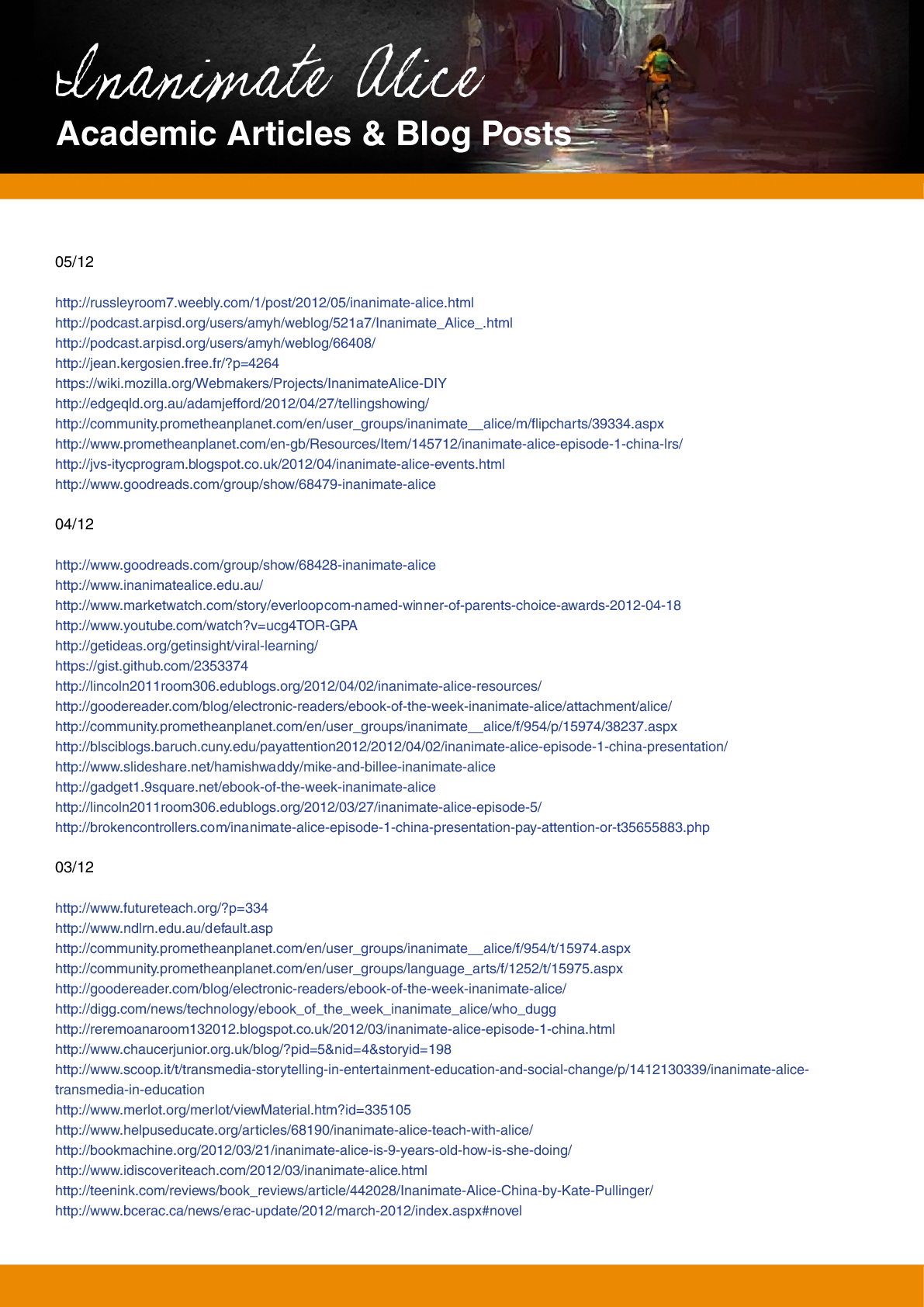Marketing > Presentation > Global Marketing: Global Market-Entry Strategies: Licensing, Investment and Strategic Alliances Chap (All)
Global Marketing: Global Market-Entry Strategies: Licensing, Investment and Strategic Alliances Chapter 9. The Presentation
Document Content and Description Below
Global Marketing WARREN J. KEEGAN/MARK C. GREEN Ninth Edition, Global Edition Global Market-Entry Strategies: Licensing, Investment and Strategic Alliances Chapter 9Learning Objectives 1. Explain... the advantages and disadvantages of using licensing as a market-entry strategy. 2. Compare and contrast the different forms that a company’s foreign investments can take. 3. Discuss the factors that contribute to the successful launch of a global strategic partnership. 4. Identify some of the challenges associated with partnerships in developing countries. 5. Describe the special forms of cooperative strategies found in Asia. 6. Explain the evolution of cooperative strategies in the 21st century. 7. Use the market expansion strategies matrix to explain the strategies used by the world’s biggest global companies. Copyright © 2017 Pearson Education, Ltd. 9-2Investment Cost of Marketing Entry Strategies Copyright © 2017 Pearson Education, Ltd. 9-3Which Strategy Should Be Used? • It depends on: –Vision –Attitude toward risk –Available investment capital –How much control is desired Copyright © 2017 Pearson Education, Ltd. 9-4 Starbucks plans to have 1,500 stores in China by 2015.Licensing • A contractual agreement whereby one company (the licensor) makes an asset available to another company (the licensee) in exchange for royalties, license fees, or some other form of compensation – Patent – Trade secret – Brand name – Product formulations • Worldwide sales of licensed goods totaled $241.5 billion in 2014 Copyright © 2017 Pearson Education, Ltd. 9-5 Disney is the world’s top licensor.Advantages to Licensing • Provides additional profitability with little initial investment • Provides method of circumventing tariffs, quotas, and other export barriers • Attractive ROI • Low costs to implement • Licensees have autonomy to adapt products to local tastes • License agreements should have cross-technology agreements to share developments and create competitive advantage for each party Copyright © 2017 Pearson Education, Ltd. 9-6Disadvantages to Licensing • Limited market control • Returns may be lost • The agreement may be short-lived • Licensee may become competitor • Licensee may exploit company resources Copyright © 2017 Pearson Education, Ltd. 9-7Special Licensing Arrangements • Contract manufacturing – Company provides technical specifications to a subcontractor or local manufacturer – Allows company to specialize in product design while contractors accept responsibility for manufacturing facilities – May open the firm to criticism if manufacturers operate with harsh working conditions or have low wages • Franchising – Contract between a parent company-franchisor and a franchisee that allows the franchisee to operate a business developed by the franchisor in return for a fee and adherence to franchisewide policies – Used by the specialty retailing & fast-food industries Copyright © 2017 Pearson Education, Ltd. 9-8Copyright © 2017 Pearson Education, Ltd. 9 • The franchiser provides – A standard package of products – Systems – Management services • The franchisee provides – Market knowledge – Capital – Personal involvement in managementFranchising Questions • Will local consumers buy your product? • How tough is the local competition? • Does the government respect trademark and franchiser rights? • Can your profits be easily repatriated? • Can you buy all the supplies you need locally? • Is commercial space available and are rents affordable? • Are your local partners financially sound and do they understand the basics of franchising? Copyright © 2017 Pearson Education, Ltd. 9-10Investment • Partial or full ownership of operations outside of home country – Foreign Direct Investment (FDI) • Forms – Joint ventures – Minority or majority equity stakes – Outright acquisition Copyright © 2017 Pearson Education, Ltd. 9-11Copyright © 2017 Pearson Education, Ltd. 12 • Investment within a foreign country – To capitalize on low-cost labor – To avoid high import taxes – To reduce the high costs of transportation to market – To gain access to raw materials and technology – As a means of gaining market entryCopyright © 2017 Pearson Education, Ltd. 13 Direct Investments: Factors • Timing—first movers have advantages but are more risky • The growing complexity and contingencies of contracts • Transaction cost structures • Technology and knowledge transfer • Degree of product differentiation • The previous experiences and cultural diversity of acquired firms • Advertising and reputation barriers • Ownership circumvents tariffs & quota barriers, gets new markets, allows technology transfers and gain new manufacturing methods.Copyright © 2017 Pearson Education, Ltd. 14 Exploit Technol H Greenfields L H Strategic L © 2016 Andrew J. Gilmore AcquisitionsCopyright © 2017 Pearson Education, Ltd. 15 Asset Seeking H Full Acquisitions L H Market Seeking L © 2016 Andrew J. Gilmore Partial AcquisitionsContract Manufacturing US Shoe Company EU - European Union NAFTA - North American Free Trade Agreement US Shoe Company Brazil BVI Haiti Barbados Puerto Rico EU NAFTAEU - European Union NAFTA - North American Free Trade Agreement US Shoe Company EU NAFTA Brazil BVI Haiti Barbados Puerto Rico Internalisation/Transaction Cost Theory POST ACQUISITIONCopyright © 2017 Pearson Education, Ltd. 18 International Joint Ventures • A partnership of two or more participating companies that have joined forces to create a separate legal entity – JVs are established, separate, legal entities. – They acknowledge intent by the partners to share in the management of the JV. – They are partnerships between legally incorporated entities, such as companies, chartered organizations, or governments, and not between individuals. – Equity positions are held by each of the partners. ALLIANCESJoint Ventures • Entry strategy for a single target country in which the partners share ownership of a newly-created business entity • Builds upon each partner’s strengths • Examples: Budweiser and Kirin (Japan), GM and Toyota, GM and Daewoo in S. Korea, Ford and Mazda, Chrysler and BMW Copyright © 2017 Pearson Education, Ltd. 9-19Joint Ventures • Advantages – Allows for risk sharing– financial and political – Provides opportunity to learn new environment – Provides opportunity to achieve synergy by combining strengths of partners – May be the only way to enter market given barriers to entry • Disadvantages – Requires more investment than a licensing agreement – Must share rewards as well as risks – Requires strong coordination – Potential for conflict among partners – Partner may become a competitor Copyright © 2017 Pearson Education, Ltd. 9-20Copyright © 2017 Pearson Education, Ltd. 21 Strategic International Alliances • A business relationship established by two or more companies to cooperate out of mutual need and to share risk in achieving a common objective • Firms enter into SIAs for several reasons: – Opportunities for rapid expansion into new markets – Access to new technology – More efficient production and innovation – Reduced marketing costs – Strategic competitive moves – Access to additional sources of products and capitalCopyright © 2017 Pearson Education, Ltd. 22 ALLIANCES: Consortia • Developed to pool financial and managerial resources and to lessen risks – They typically involve a large number of participants. – They frequently operate in a country or market in which none of the participants is currently active.Investment via Equity Stake or Full Ownership • Equity stakes is an investment • Minority ˂ 50%, Majority˃ 50%, Full ownership =100% • Start-up of new operations – Greenfield operations or – Greenfield investment • Merger with an existing enterprise • Acquisition of an existing enterprise • Examples: Roche acquired Genentech in 2008 for $43 billion Copyright © 2017 Pearson Education, Ltd. 9-23Examples of Market Entry & Expansion by Joint Venture Copyright © 2017 Pearson Education, Ltd. 9-24Examples of Equity Stake Copyright © 2017 Pearson Education, Ltd. 9-25Examples of Acquisitions Copyright © 2017 Pearson Education, Ltd. 9-26Issues in Acquisitions • Globalization is driving acquisitions; smaller firms cannot expand without a partner – “It was very clear to us that Helene Curtis did not have the capacity to project itself in emerging markets around the world. As markets get larger, that forces the smaller players to take action.” Ronald Gidwitz, CEO Unilever, on acquiring Helene Curtis • Ownership circumvents tariffs & quota barriers, gets new markets, allows technology transfers and gain new manufacturing methods. Copyright © 2017 Pearson Education, Ltd. 9-27Alternatives for Market Entry • Licensing, joint ventures, minority or majority equity stake, and ownership—are points along a continuum of alternative strategies for global market entry and expansion. • Companies may use a combination – Ex. Borden Foods stopped licensing for branded food products in Japan and set up its on production, distribution & marketing but kept JVs in non-food products Copyright © 2017 Pearson Education, Ltd. 9-28Global Strategic Partnerships • Possible terms: – Collaborative agreements – Strategic alliances – Strategic international alliances – Global strategic partnerships Copyright © 2017 Pearson Education, Ltd. Oneworld is a GSP made up of American Airlines and other airlines around the world. 9-29The Nature of Global Strategic Partnerships Copyright © 2017 Pearson Education, Ltd. 9-30Characteristics of Global Strategic Partnerships • Participants remain independent following formation of the alliance • Participants share benefits of alliance as well as control over performance of assigned tasks • Participants make ongoing contributions in technology, products, and other key strategic areas Copyright © 2017 Pearson Education, Ltd. 9-31Five Attributes of True Global Strategic Partnerships • Two or more companies develop a joint longterm strategy • Relationship is reciprocal • Partners’ vision and efforts are global • Relationship is organized along horizontal lines (not vertical) • When competing in markets not covered by alliance, participants retain national and [Show More]
Last updated: 2 years ago
Preview 1 out of 43 pages

Buy this document to get the full access instantly
Instant Download Access after purchase
Buy NowInstant download
We Accept:

Reviews( 0 )
$4.00
Can't find what you want? Try our AI powered Search
Document information
Connected school, study & course
About the document
Uploaded On
Oct 23, 2019
Number of pages
43
Written in
Additional information
This document has been written for:
Uploaded
Oct 23, 2019
Downloads
0
Views
184














